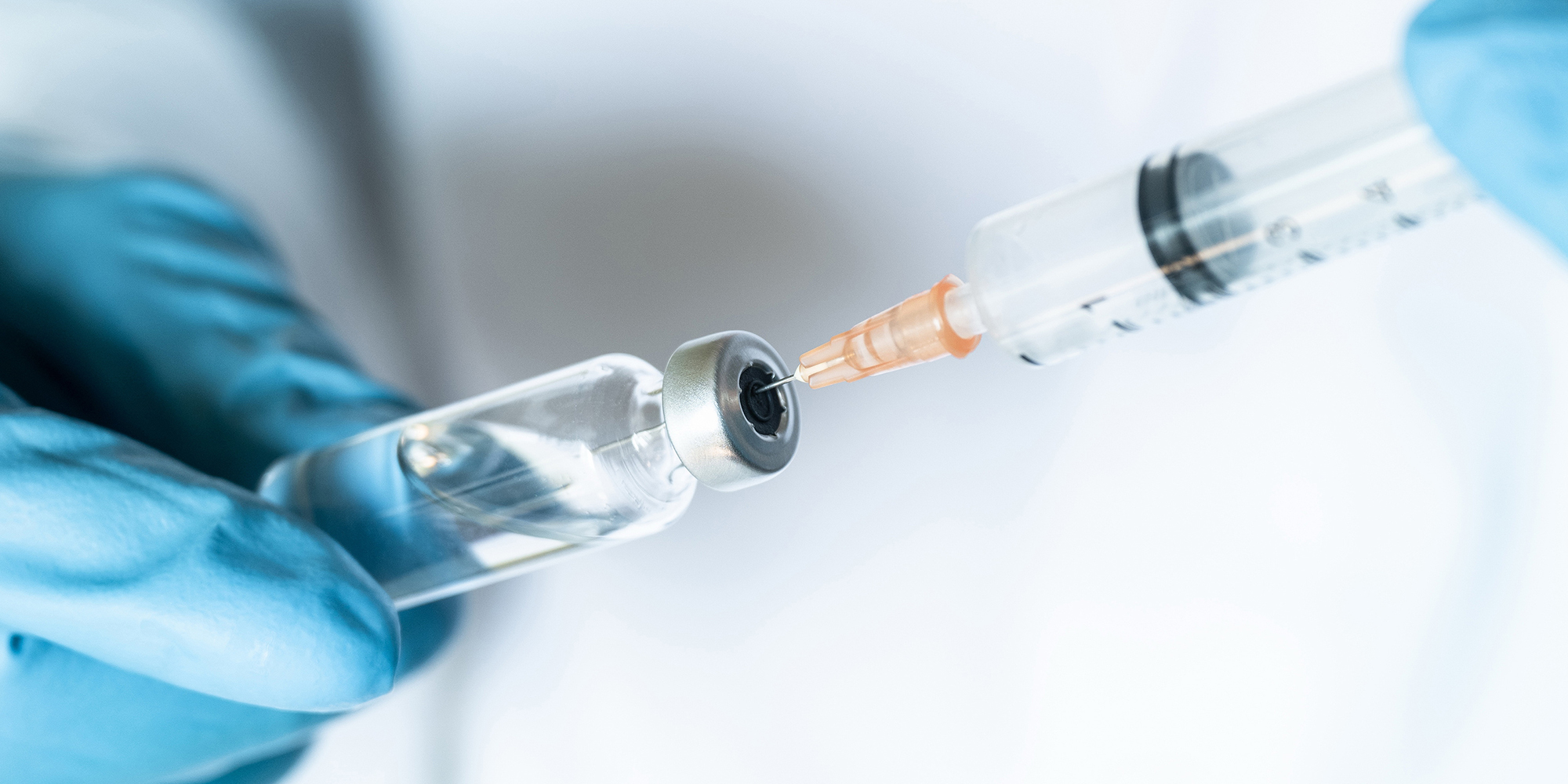Now that we have two COVID-19 vaccines approved for emergency use and others on their way for approval, many are asking when they will receive the vaccine. In some states, lines are already forming and call centers and websites are crashing from inquiries.
A lot of factors play into the answer, such as each person’s health, what they do for a living and where they live. States are getting most of the vaccines and each state will decide how they organize their immunization campaigns. Even the vaccine priority can vary at the state level. While the goal was to vaccinate 20 million people by the end of 2020, only about 4.8 million have been vaccinated as of Jan. 5, 2021. The total number of vaccines distributed currently stands at about 17,020,575 and the total number of doses administered is 5,050,229, approximately 28.7% of the shots distributed.
Who assigns priority?
The Centers for Disease Control has accepted the Advisory Committee on Immunization Practices (ACIP) which has recommendations on vaccine prioritizations. Within the federal government and at the state level, the goal is to focus early vaccinations on health care workers and residents of long-term care facilities. For the state distributions, the next phase will include adults 75 and older and frontline essential works such as first responders. Next, adults between 65 and 75 and those 16-64 with high-risk medical conditions and “other essential workers.” Lastly, the remaining population will be vaccinated.
It is important to note that while the CDC has accepted ACIP recommendations, states do not have to follow the guidance. Florida has adjusted priorities and will focus on anyone age 65 and older and high-risk frontline health care workers on a first-come, first-served basis.
When should you expect to get the vaccine?
Estimates based on the ACIP recommendations say there are 30 million frontline workers and 57 million essential workers. Based on these estimates, current vaccine doses and administration rates suggest that most U.S. citizens should expect the vaccine in the late spring to early summer.
When will things get back to normal?
To return to “normal” two things must happen; vaccination rates must be achieved to reach herd immunity (70%-90% of the population vaccinated) and the rates of infections decline to below 5% nationally. Given population dynamics, this will happen at different times at the local, state, national and international level.
In the most optimistic modeling, it will take six to eight months to produce enough vaccine to vaccinate 60-80% of the globe. While in the U.S. this may be achieved by late fall, estimates for the world population to reach herd immunity are as late as December 2022. Social distancing, hand hygiene and mask wearing will remain a standard practice to protect from virus infection resurgence until at least late fall or early winter 2021 in the U.S.
After vaccination it will be essential to keep taking current layered protection measures to yourself and your family. That means continuing to wear masks, socially distancing, avoiding large gatherings, and regularly washing your hands. Being vigilant will be necessary to protect ourselves from the virus and achieving a reduction of infection rates. Patience and vigilance are the mantra for the next six months or so.
| Jurisdiction | Doses Distributed | Doses Administered | Vaccines Administered |
| U.S. totals | 17,020,575 | 5,050,229 | 29.7% |
| Virginia | 481,550 | 126,363 | 26.2% |
| Maryland | 291,750 | 77,274 | 26.5% |
| District of Columbia | 35,475 | 16,989 | 47.9% |
| Missouri | 294,850 | 105,173 | 35.7% |
| Kansas | 131,750 | 31,938 | 24.2% |
| Iowa | 121,475 | 66,051 | 54.4% |
| Illinois | 542,200 | 189,660 | 35% |
| Oklahoma | 223,050 | 72,862 | 32.7% |
| Arkansas | 170,700 | 40,899 | 24% |
Source – Bloomberg COVID Vaccine Tracker

